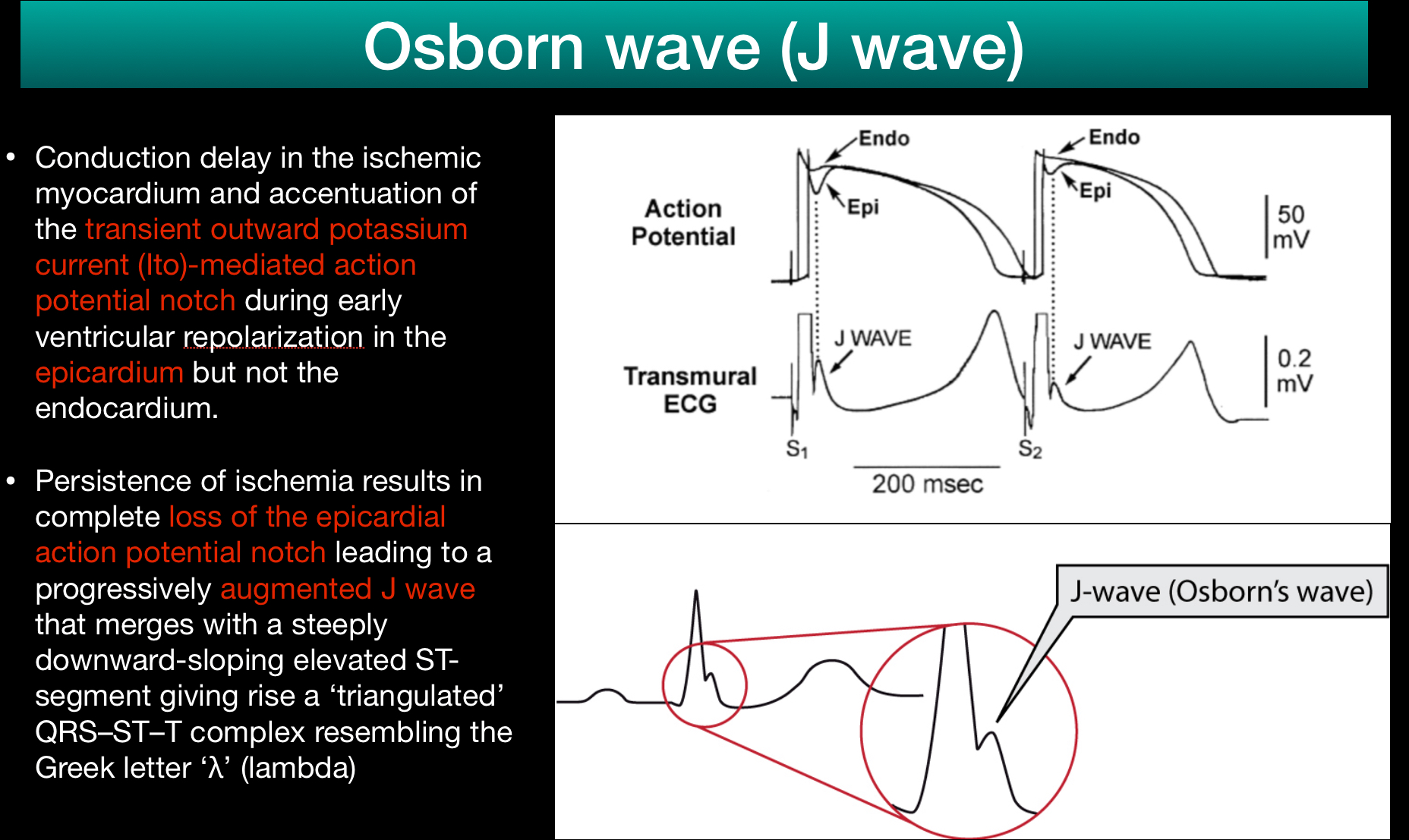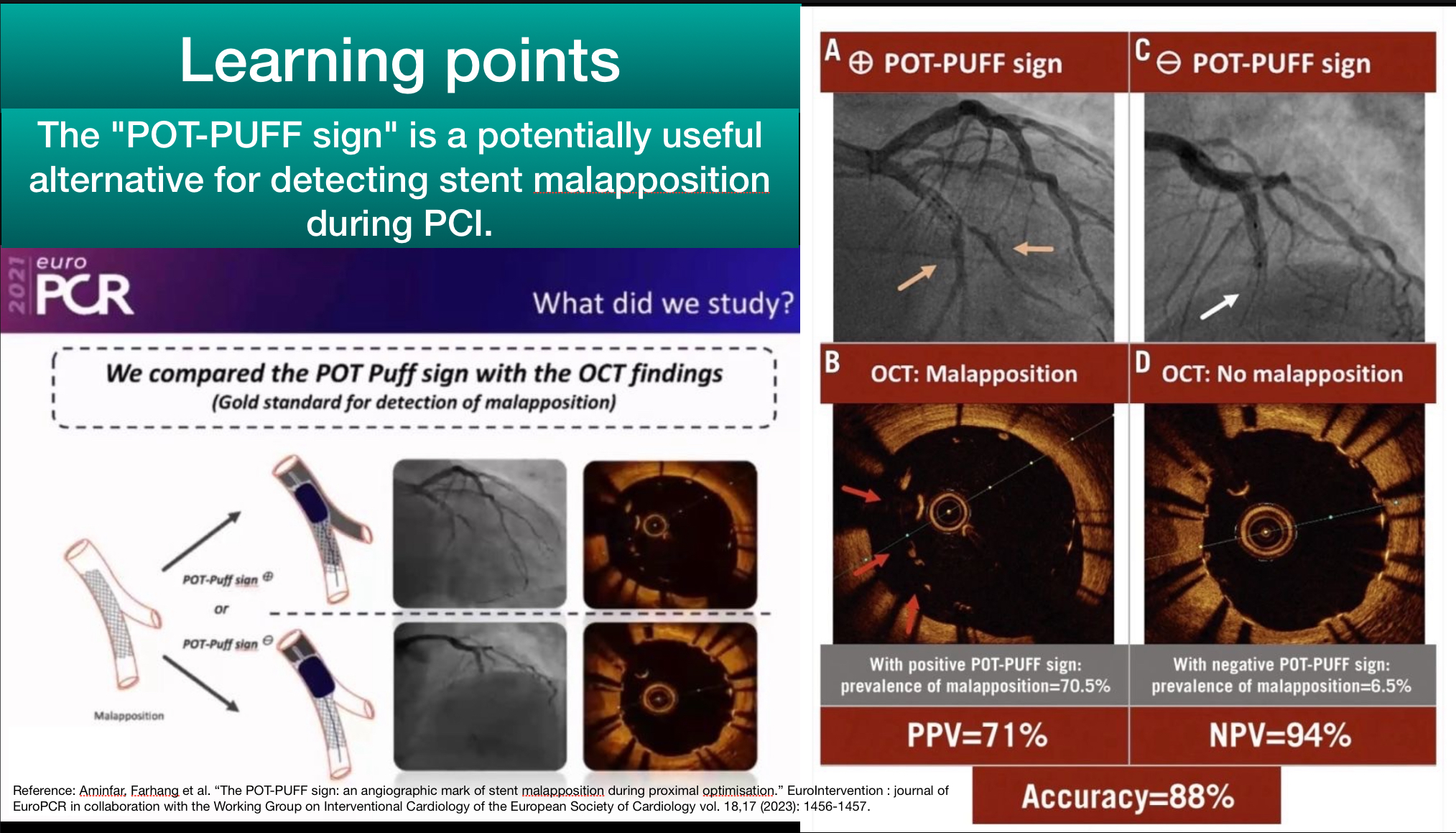CASE20240814_003
A Challenging Case Report of PCI with Ischemic Osborn Wave and POT-PUFF Sign Guided Revascularization in TVD s/p PCI to LCx, RCA
By Wichid Thirakraisri
Presenter
Wichid Thirakraisri
Authors
Wichid Thirakraisri1
Affiliation
Rajavithi Hospital, Thailand1,
View Study Report
CASE20240814_003
ACS/AMI - ACS/AMI
A Challenging Case Report of PCI with Ischemic Osborn Wave and POT-PUFF Sign Guided Revascularization in TVD s/p PCI to LCx, RCA
Wichid Thirakraisri1
Rajavithi Hospital, Thailand1,
Clinical Information
Relevant Clinical History and Physical Exam
A Thai 60 year-old man with T2DM, HT, CKDIII, history of NSTEMI with CHF with CAG finding in 2016: TVD S/P PCI to RCA with DES x 2, LCx with DES x 2 presented to emergency department with acute chest pain 1 day. V/S: BT 36.9 C BP 105/62 mmHg PR 64/min RR 16/min. Heart: normal S1,S2. no murmur, Lung: Clear






Relevant Test Results Prior to Catheterization
EKG showed Osborn waves in V3-V5 during chest pain. Echocardiogram showed LVEF 61%, mild anterior-anteroseptal wall hypokinesia, no significant valvular heart disease. The serum Troponin I was 12.0 ng/L on admission.


Relevant Catheterization Findings
CAG was performed via right femoral approach with JL6/4, JR 6/4 diagnostic catheter show 50-60% stenosis mid LAD, 90-95% stenosis DG1, 30-40% stenosis pLCx, patent LCx, RCA stent.






Interventional Management
Procedural Step
CAG was performed via right femoral approach with JL6/4, JR 6/4 diagnostic catheter show 50-60% stenosis mid LAD, 90-95% stenosis DG1, 30-40% stenosis pLCx, patent LCx and RCA stent.PCI with JL 6/4. PCI to LAD. GD: JL6/4. Turntrac to LAD. DG. SC balloon 2.5x12 mm inflated mLAD upto 14 atm. Biolimus eluting stent 2.75x14 mm deployed mLAD 12 atm with POT-PUFF sign technique. NC balloon 2.75 x 12 mm postdilated upto 16 atm. SC balloon POBA DG1 upto 12 atm. The final angiogram was acceptable result.
 osborn 2.mp4
osborn 2.mp4
 osborn 1.mp4
osborn 1.mp4


Case Summary
1. The Osborn waves is not pathognomonic of hypothermia, and it can be seen in a number of other condition such as acute myocardial ischemia, idiopathic ventricular fibrillation, clinical hypercalcemia, Brugada syndrome. 2. Ischemic Osborn wave would be useful in localizing culprit artery. 3. Recognition of the ischemic Osborn wave is important because it is associated with an acute ischemic process and carries a potential risk of developing phase II reentry and subsequent ventricular fibrillation(VF), thereby facilitating the selection of the most effective therapeutic approaches.4. The "POT-PUFF sign" is a potentially useful alternative for detecting stent malapposition during PCI.
